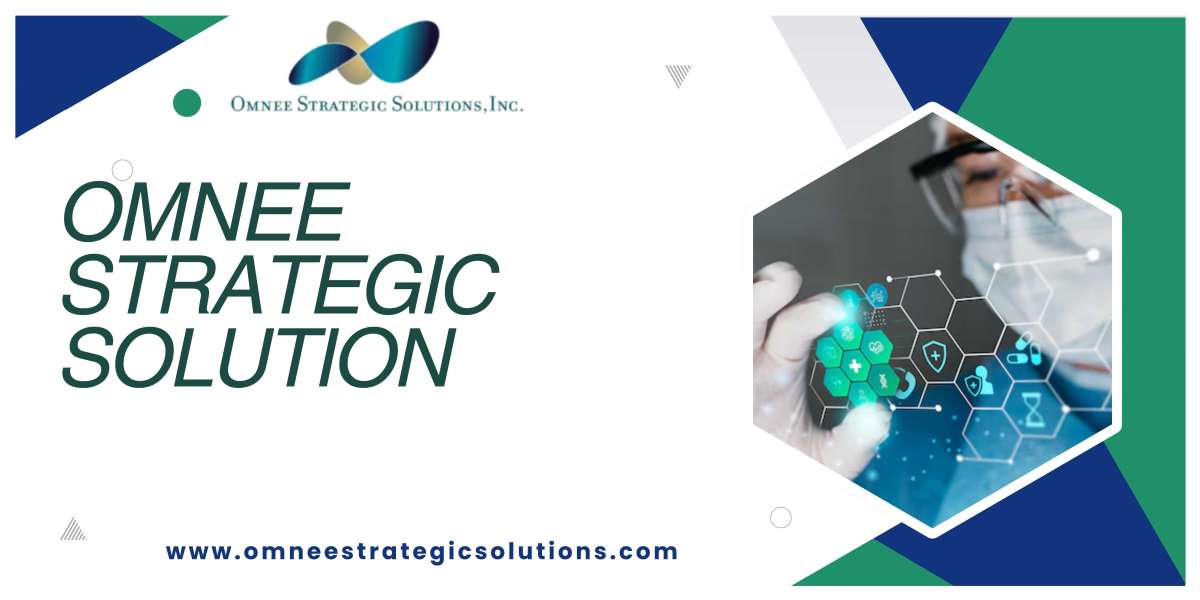Medical device companies operate in a highly regulated environment, where understanding and managing Medical Device Regulatory Affairs is essential for market success. Regulatory affairs professionals play a critical role in ensuring that products comply with the complex regulations set by governments and health authorities worldwide. This blog will delve into the key responsibilities of regulatory affairs in the medical device industry and offer guidance on navigating global regulatory landscapes.
What are Medical Device Regulatory Affairs?
Medical Device Regulatory Affairs encompass all activities related to ensuring that medical devices comply with the legal and regulatory requirements of the markets in which they are sold. This involves managing the submission of regulatory applications, interacting with regulatory authorities, and ensuring that devices remain compliant throughout their lifecycle.
Regulatory affairs professionals serve as the link between the company and regulatory bodies, such as the U.S. Food and Drug Administration (FDA), the European Medicines Agency (EMA), and other national health authorities. Their role is to ensure that devices meet all applicable regulatory standards for safety, efficacy, and quality before they are marketed to consumers.
Key Responsibilities in Regulatory Affairs
The scope of Medical Device Regulatory Affairs is broad and encompasses a range of responsibilities, including:
- Regulatory Strategy: Regulatory affairs professionals must develop a regulatory strategy that aligns with the company’s business objectives while ensuring compliance with the regulatory requirements of each target market. This involves identifying the appropriate regulatory pathways for product approval, whether through pre-market notification, pre-market approval, or other processes.
- Submission of Regulatory Applications: One of the primary tasks in regulatory affairs is preparing and submitting applications for regulatory approval or clearance. This can involve compiling detailed technical documentation, clinical data, and risk assessments. For example, in the U.S., companies may need to submit a 510(k) pre-market notification or a pre-market approval (PMA) application to the FDA.
- Regulatory Compliance: After a device is approved, regulatory affairs professionals must ensure ongoing compliance with regulatory requirements. This includes managing labeling and advertising to ensure that claims made about the device are truthful and supported by evidence. It also involves monitoring post-market performance and reporting adverse events to regulatory authorities.
- Product Lifecycle Management: The role of regulatory affairs extends beyond the product launch. Professionals must monitor the device’s performance in the market, address any safety concerns, and ensure compliance with regulatory changes. This can involve submitting amendments or supplements to the original application if changes are made to the device.
- Interacting with Regulatory Authorities: Regulatory affairs professionals serve as the point of contact between the company and regulatory authorities. They must maintain open communication with agencies like the FDA or EMA to clarify regulatory requirements, address any concerns, and ensure that the approval process proceeds smoothly.
Global Regulatory Challenges
Navigating the global landscape of Medical Device Regulatory Affairs is particularly challenging due to the diverse and often changing regulatory requirements of different countries. Each market has its own set of rules governing the approval, labeling, distribution, and post-market surveillance of medical devices.
For example, in the United States, medical devices must comply with the FDA’s Quality System Regulation (QSR), while in the European Union, manufacturers must adhere to the Medical Devices Regulation (MDR). In other regions, such as Japan or Canada, companies must meet the specific requirements of national health authorities.
One of the biggest challenges is keeping track of these varying regulations and ensuring that the company’s products remain compliant as regulations evolve. Regulatory harmonization efforts, such as the International Medical Device Regulators Forum (IMDRF), have helped streamline requirements in some regions, but significant differences remain between markets.
Best Practices for Regulatory Compliance
Given the complexity of Medical Device Regulatory Affairs, companies must adopt best practices to ensure compliance and mitigate regulatory risks. Here are some strategies that can help:
- Develop a Robust Regulatory Strategy: A well-defined regulatory strategy is essential for navigating the complex global regulatory landscape. This should include identifying the appropriate regulatory pathways for each market, understanding the specific requirements for product approval, and planning for any potential challenges.
- Invest in Regulatory Affairs Expertise: Regulatory affairs is a specialized field that requires in-depth knowledge of global regulations and strong project management skills. Companies should invest in building a team of experienced regulatory affairs professionals or work with external consultants who have the expertise to navigate the regulatory process effectively.
- Maintain a Strong Quality Management System (QMS): A robust QMS is critical for ensuring that products meet regulatory standards and are safe and effective for use. Regulatory authorities, such as the FDA, require companies to establish and maintain a QMS that governs all aspects of the product lifecycle, from design and development to post-market surveillance.
- Monitor Regulatory Changes: The regulatory environment is constantly evolving, with new requirements and standards emerging regularly. Companies must stay informed about changes to regulations in all of their target markets and update their practices accordingly. Subscribing to regulatory updates, attending industry conferences, and maintaining open communication with regulatory authorities can help ensure that companies stay ahead of regulatory changes.
- Post-Market Surveillance and Reporting: Ensuring post-market compliance is just as important as gaining regulatory approval. Companies must monitor the performance of their devices in real-world use and report any adverse events to regulatory authorities. Failure to comply with post-market surveillance requirements can result in penalties, product recalls, and reputational damage.
Conclusion
In the fast-evolving medical device industry, effective management of Medical Device Regulatory Affairs is critical to ensuring regulatory compliance, product safety, and market success. Regulatory affairs professionals play a vital role in navigating the complex regulatory landscape, from product development to post-market surveillance. By adopting best practices, investing in expertise, and staying informed about global regulations, medical device companies can successfully bring innovative products to market while minimizing regulatory risks.







